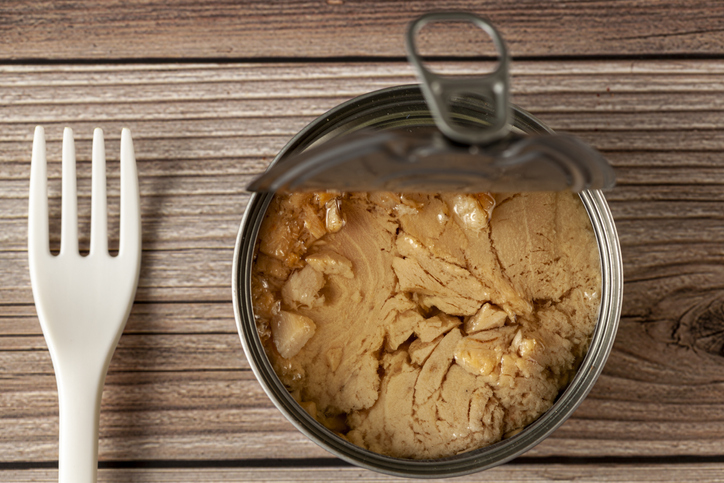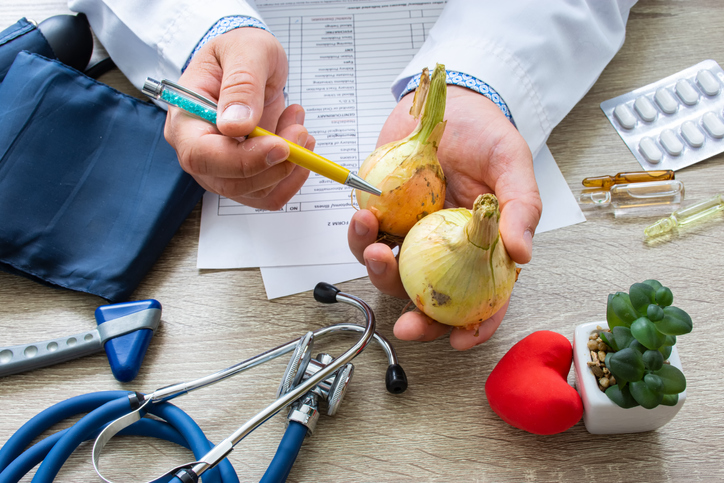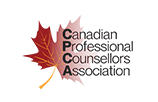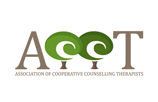
Food toxins are natural substances that have harmful effects on humans when ingested (ScienceDirect, 2022). These substances may be generated by fungi, algae, plants or other organisms, or may be naturally occurring in the environment. While the toxins are not harmful to the organisms themselves, they can lead to a variety of health concerns when consumed by humans, such as acute food poisoning, allergic reactions and digestive problems (World Health Organization, 2018). For many people, food toxins can cause long-term health consequences to their immune, reproductive or nervous systems (World Health Organization, 2018).
As a nutritionist, you may work with clients to advise them on their dietary choices. In that case, it is important to be aware of the risk that natural toxins pose, particularly when consumed regularly or in high doses. Below, learn more about some common food toxins to look out for as a nutritionist.
Mercury Found in Fish
As one of the healthiest sources of animal protein, fish is a staple in many peoples’ diets. However, certain varieties of deep-sea fish contain significant levels of mercury, a highly toxic metal (Spritzler, 2021). The toxin works its way up the aquatic food chain, from plants to small fish and accumulates in the bodies of larger fish, which are eaten by humans (Spritzler, 2021).
High levels of mercury are particularly concerning for young children since it can pose a risk to the development of their nervous system, brain, heart, kidneys and lungs (Fitzgerald, 2022). Likewise, pregnant and breastfeeding women are also at risk since mercury can affect fetal development (Spritzler, 2021).
As a graduate of nutritionist college, you can encourage clients to opt for low mercury fish, such as salmon or mackerel, to limit their mercury exposure.

Mold Can Produce Mycotoxins
Mycotoxins are a group of natural toxins that are formed by certain types of mold. Mold growth can occur before or after harvest, during storage, or on the food itself—often when it is kept in warm and damp conditions (World Health Organization, 2018). Foods at risk of infection include cereals, nuts, fruit and dried fruit, coffee, cocoa, spices and oilseeds (Government of Canada, 2022).
While moldy foods should be avoided, it is important to note that some molds are essential to the preparation of specific foods, including cheeses (Government of Canada, 2022). These molds are safe to consume.

Cooking Meat at High Temperatures
The cooking method in food preparation can also present health concerns, particularly when it comes to meat. When meat is exposed to high temperatures, the proteins react to form potential carcinogens (CBC, 2015). These carcinogens have been linked to cancers like colon, breast and prostate cancer (CBC, 2015).
After completing a nutritionist program, professionals should advise clients to take care when frying, roasting, braising or grilling meat. Grilling poses an even greater risk, as the meat is exposed to other cancer-causing chemicals in the coal smoke (CBC, 2015). In that case, it is advised to marinate the meat in antioxidant ingredients and avoid eating the blackened parts (IFM, 2022).
Advising Your Clients After Nutritionist College
As concerns about health and diet grow in public awareness, it is important that people have the knowledge to make healthy and safe food choices. While there are international food standards in place to limit public exposure to natural toxins, individuals need to practice safe eating habits in their own time. As a professional nutritionist, you’ll be able to evaluate the individual needs of a client and advise them on foods that pose a particular risk to their health and wellbeing. With integrative nutritional studies at Rhodes Wellness College, you’ll be ready to put your expertise to work as a Nutrition Educator, Nutrition Consultant, Wellness Manager and more.
Are you interested in earning your nutrition diploma?
Contact Rhodes Wellness College to get started!
Works Cited:
World Health Organization (2018). Natural toxins in food. Retrieved March 30, 2022, from https://www.who.int/news-room/fact-sheets/detail/natural-toxins-in-food
Spritzler, Franziska (2021). 7 ‘Toxins’ in Food That Are Actually Concerning. Healthline. Retrieved March 30, 2022, from https://www.healthline.com/nutrition/7-food-toxins-that-are-concerning
CBC (2015). 5 Most Common Toxins Found in Food and How to Avoid Them. CBC. Retrieved March 30, 2022, from https://www.cbc.ca/stevenandchris/health/5-toxic-foods-to-avoid
Government of Canada (2022). Natural Toxins. Retrieved March 30, 2022, from https://www.canada.ca/en/health-canada/services/food-nutrition/food-safety/chemical-contaminants/natural-toxins.html
ScienceDirect (2022). Food Toxin. Retrieved March 30, 2022, from https://www.sciencedirect.com/topics/food-science/food-toxin#:~:text=Food%20toxins%20are%20natural%20substances,even%20at%20very%20low%20doses.
Fitzgerald, T. (2022). Mercury alert: Is canned tuna safe? EDF. Retrieved March 30, 2022, from https://www.edf.org/oceans/mercury-alert-canned-tuna-safe









